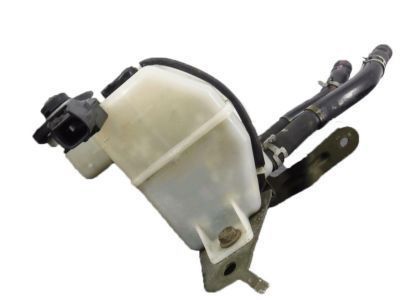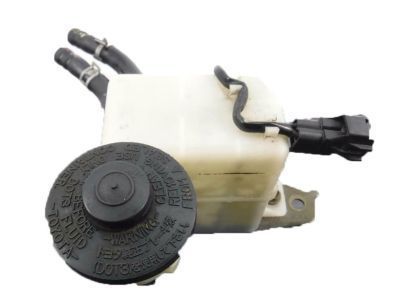×
ToyotaParts- Hello
- Login or Register
- Quick Links
- Live Chat
- Track Order
- Parts Availability
- RMA
- Help Center
- Contact Us
- Shop for
- Toyota Parts
- Scion Parts
My Garage
My Account
Cart
OEM 2004 Toyota Sienna Brake Master Cylinder Reservoir
Brake Fluid Storage Tank- Select Vehicle by Model
- Select Vehicle by VIN
Select Vehicle by Model
orMake
Model
Year
Select Vehicle by VIN
For the most accurate results, select vehicle by your VIN (Vehicle Identification Number).
1 Brake Master Cylinder Reservoir found

2004 Toyota Sienna Master Cylinder Reservoir
Part Number: 47220-08030$150.74 MSRP: $213.40You Save: $62.66 (30%)Ships in 1-3 Business DaysProduct Specifications- Other Name: Reservoir Assembly, Master Cylinder; Brake Master Cylinder Reservoir; Reservoir Assembly; Reservoir Sub-Assembly, Brake Master Cylinder
- Part Name Code: 47202
- Item Weight: 0.60 Pounds
- Item Dimensions: 5.8 x 5.9 x 3.7 inches
- Condition: New
- Fitment Type: Direct Replacement
- SKU: 47220-08030
- Warranty: This genuine part is guaranteed by Toyota's factory warranty.
2004 Toyota Sienna Brake Master Cylinder Reservoir
Looking for affordable OEM 2004 Toyota Sienna Brake Master Cylinder Reservoir? Explore our comprehensive catalogue of genuine 2004 Toyota Sienna Brake Master Cylinder Reservoir. All our parts are covered by the manufacturer's warranty. Plus, our straightforward return policy and speedy delivery service ensure an unparalleled shopping experience. We look forward to your visit!
2004 Toyota Sienna Brake Master Cylinder Reservoir Parts Q&A
- Q: How to service and repair the Brake Master Cylinder Reservoir Sub-Assembly on 2004 Toyota Sienna?A: In order to maintain the Brake Master Less Reservoir Tank Cylinder, empty brake fluid, and unattach the battery. Disassemble the air cleaner and cowl panel and loosen the brake master cylinder with Special Service Tool 09023-00100.Take care of pistons, take off O-rings and fit back parts with known torque. Lastly, empty brake fluid and verify that there are no leaks.














